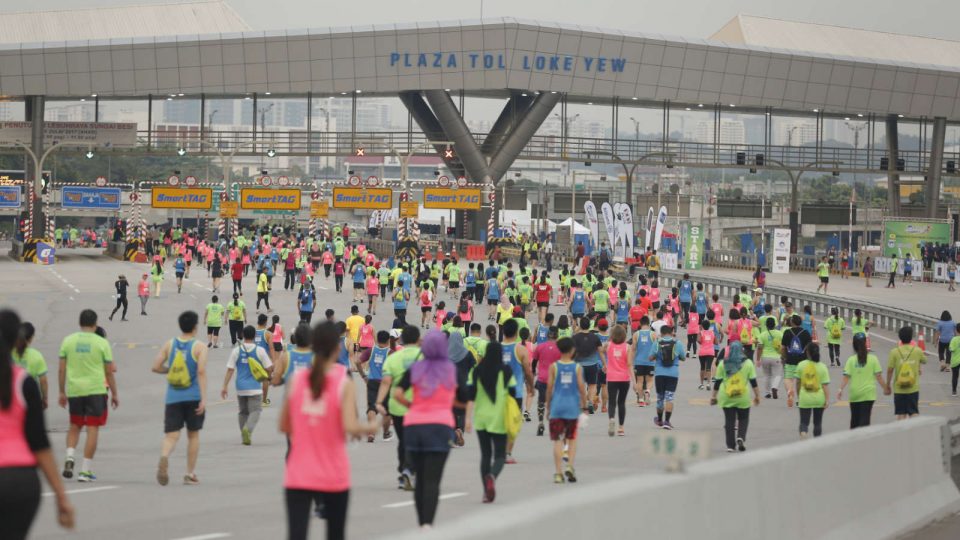In its most common form, the modern triathlon consists of swimming, biking, and running in consecutive order. The participants’ times also include the “transition” times between each event. The multisport race format is designed to test the endurance of its participants, much more so than swimming, biking, or running alone.
Chances are, if you’re interested in participating in a triathlon, you’ve done a road race before such as a 5K or 10K run or 25K or 50K bike ride. Triathlons function in much the same way, as participants are divided into groups based on sex and age. Casual participants are often referred to as age groupers, while the more serious competitors are Elite.
Much like any sporting event, triathlons have their own set of unique rules. In addition to providing a level playing field for all participants, many of the rules are designed for safety. While each of the disciplines has their own set of rules, some are universal to all three. Most rules violations will result in costly time penalties, ranging from one to 12 minutes, depending on the severity of the infraction and the length of the race.
Here’s an overview of some of the general rules applicable to all three disciplines:
If participants leave the marked course for any reason, they must reenter the course at the same spot they left it.
No outside assistance from anyone other than a race official.
Don’t do anything that endangers yourself or any other participants.
No headsets or personal audio devices – iPods, mp3 players, etc. – may be used at any time during the race.
No glass containers anywhere on the race at anytime. Violation of this rule results in disqualification.
See the content below for more about the rules for each discipline, as well as transitions.
Swimming
You can use any stroke you want at any time you choose. You may even tread water or float if you need to stop and catch your breath or adjust your goggles.
You may also rest by standing (if shallow enough) or holding onto an inanimate object such as a boat or buoy, but you may not use them to push off and gain an advantage.
You may not wear any swim aids, such as flippers, swim gloves, floaties, or any sort of propulsion device. Goggles may be worn.
Biking:
You may not even mount your bike before you have secured your helmet in place.
If through an accident or other means, your bike is rendered inoperable, you may push it or carry it to the finish line. No forward progress may be made without the bike.
Unlike typical time-trial bike riding, drafting is not allowed in triathlons. Once you enter the draft zone of the biker in front of you, you have 15 seconds to either pass or fall back. If you fail to do so, a time penalty will be assessed. As a result, participants cannot work together and benefit from the reduced air resistance.
Running:
No forward progress may be made while crawling. If an injury or other circumstance arises where you can’t continue running or walking, you must leave the marked course until you can continue.
There really aren’t many running rules, as there’s no additional equipment used.
Transitions:
Cycling speed must remain low when exiting the T1 area and entering the T2 area.
Equipment – including clothing and bikes – must be put only in the designated areas. Bikes must be placed in the upright position in the bike corral.
Stay out of other people’s way.
Consider Custom Running Event Medals for your next Triathlon race or running event? Contact us today for a quote!
Article Source from total triathlon
